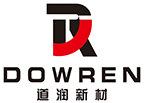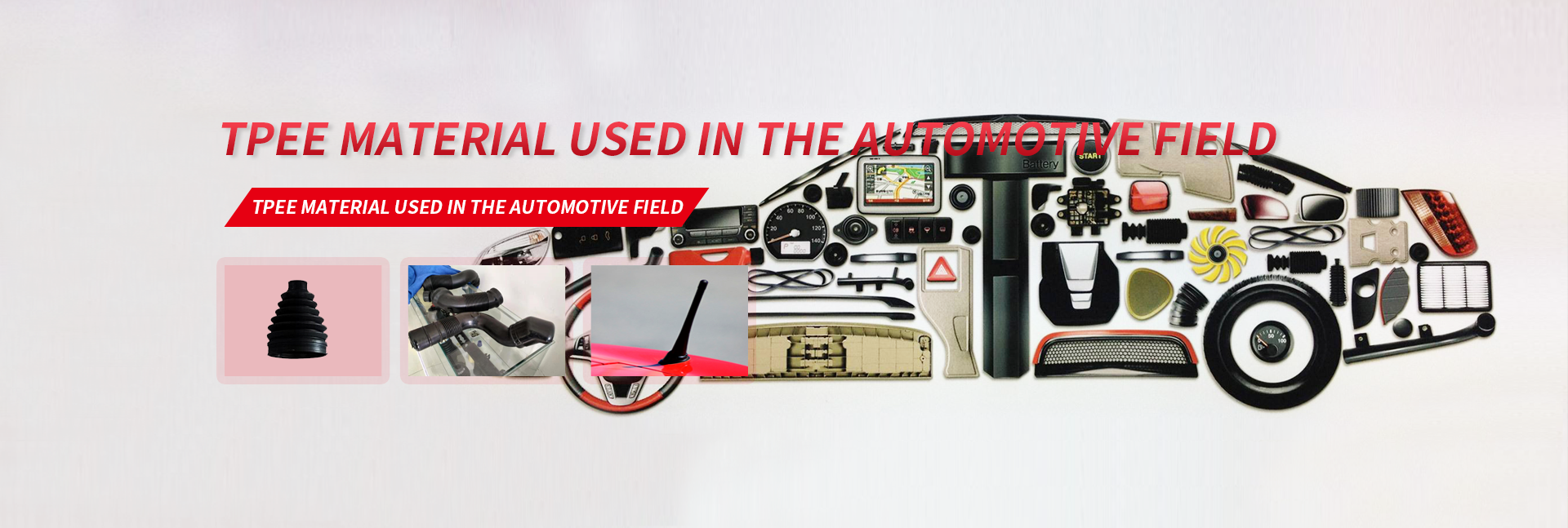Application of PVDF in lithium battery industry
Time of issue:2024-12-17 14:16
source:
author:
PVDF (polyvinylidene fluoride) is a polymer material that is widely used in the field of lithium-ion batteries. As one of the key materials for lithium batteries, PVDF has broad market prospects and development potential. Through continuous innovation and research and development, the performance of PVDF can be further improved, the progress of lithium battery technology can be promoted, and the promotion and application of clean energy can be made an important contribution.
How PVDF works:
Isolation of positive and negative electrodes: PVDF can form a physical isolation layer to prevent direct contact and short circuit between positive and negative electrodes, thus ensuring the safety and stability of the battery.
Ion conduction: PVDF has good electrolyte penetration and ion conductivity. In lithium-ion batteries, the PVDF diaphragm provides an ion conduction channel to promote the migration of lithium ions between the positive and negative electrodes and realize the charge and discharge process of the battery.
Chemical stability: PVDF has excellent chemical stability and can withstand the electrolyte and high temperature environment in lithium-ion batteries. It does not react or break down easily with the solvent in the electrolyte, thus maintaining the integrity and performance of the diaphragm.
Mechanical strength: As a diaphragm material, PVDF needs to have sufficient mechanical strength to resist the stress and deformation caused by the battery during charging and discharging. The polymer structure of PVDF gives it better mechanical strength and durability.
Advantages of PVDF:
High chemical stability: PVDF has excellent chemical stability and can withstand the electrolyte and high temperature environment in the battery, extending the service life of the battery.
Good ion conductivity: PVDF has high ion conductivity, promotes the diffusion of lithium ions in the battery, and improves the charge and discharge efficiency of the battery.
Strong mechanical strength: PVDF has good mechanical strength and durability, can resist the stress and deformation of the battery during charging and discharging, and maintain the integrity of the diaphragm.
High temperature resistance: PVDF has a high melting point and thermal stability, which can maintain its performance in a high temperature environment and improve the safety and stability of the battery.
Chemical resistance: PVDF is resistant to many chemicals, resists the corrosion of the electrolyte in the battery, and improves the durability and reliability of the battery.
Disadvantages of PVDF:
Low ion conductivity: PVDF has low ion conductivity compared to some other materials, such as polymer gel electrolytes. This may limit the battery's power output and charge and discharge speed.
Higher cost: PVDF has a higher cost compared to other diaphragm materials, which may increase the cost of battery manufacturing.
DOWREN NEW MATERIAL (HENAN) CO.,LTD
TELL:Selina.Liu +86-0393-8993626 / +86 18137458807
ADD:150 meters north of the intersection of Zhongyuan Road and Pushang Road, Puyang City,Henan Province
EMAIL:dowren@dowren.com

WhatsApp (+86 18137458807)





